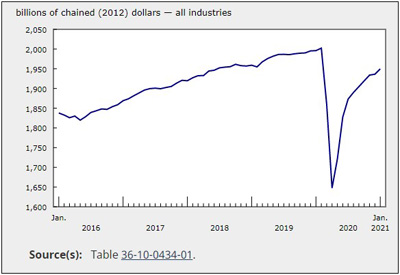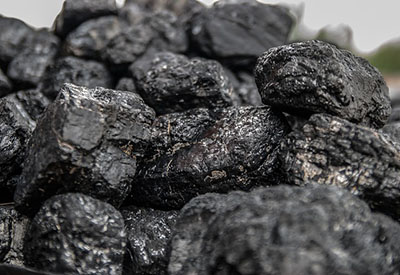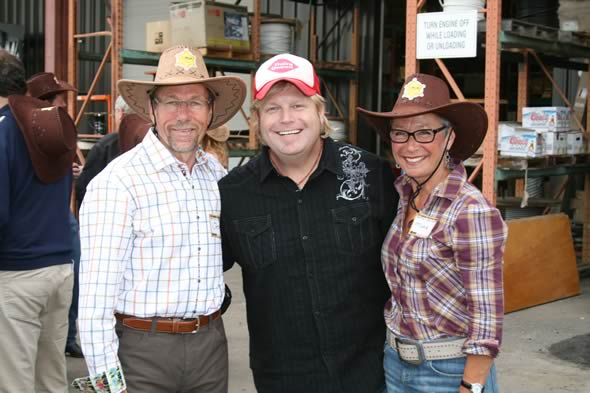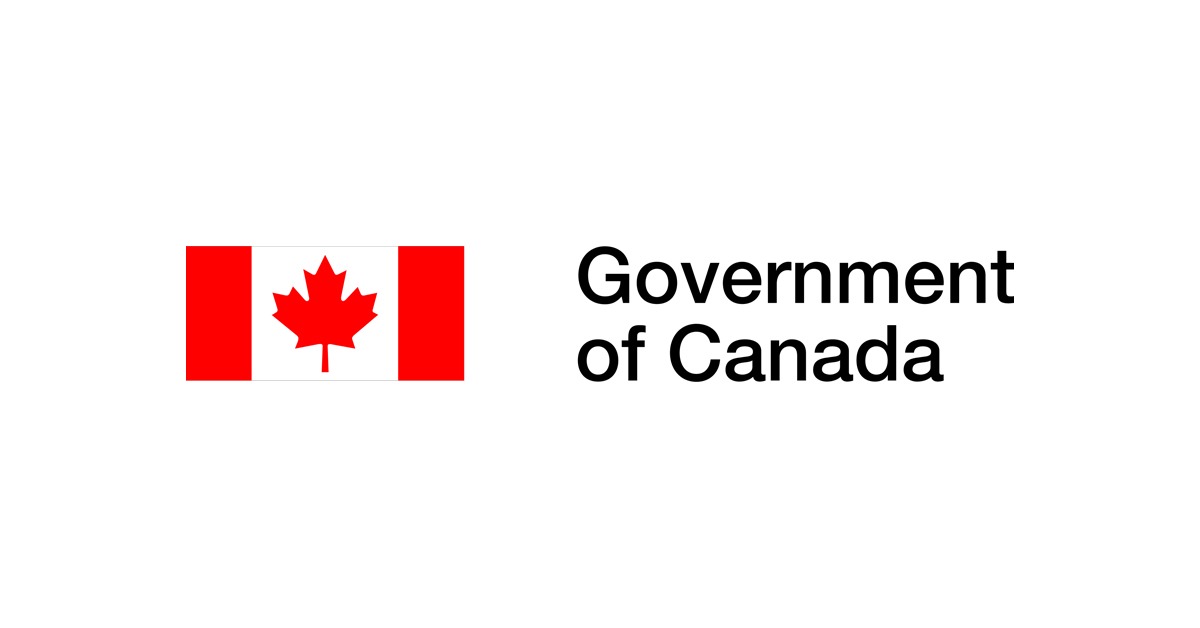GDP Rose in January for 9th Month

Apr 5, 2021
Real gross domestic product (GDP) rose 0.7% in January, following 0.1% growth in December. This ninth consecutive monthly increase continued to offset the steepest drops on record in Canadian economic activity observed in March and April 2020. However, total economic activity was about 3% below the February level before the COVID-19 pandemic.
Both goods-producing (+1.5%) and services-producing (+0.4%) industries were up in January as the 20 industrial sectors were nearly evenly split between expansions and contractions.
Preliminary information indicates an approximate 0.5% increase in real GDP for February. Retail trade, construction, and real estate and rental and leasing all contributed to the growth, while manufacturing offset some of the increase. Owing to its preliminary nature, this estimate will be revised on April 30 with the release of the official GDP data for February.
Wholesale trade grows
Wholesale trade was up 3.9% in January, more than offsetting a 1.5% contraction in December.
Eight of nine subsectors contributed to the growth, led by machinery, equipment and supplies wholesaling (+8.2%), as higher imports of all types of machinery contributed to increases in the subsector. Building material and supplies wholesaling jumped 9.6%, benefiting from increased construction activity, while food, beverage and tobacco wholesaling rose 1.5%. Offsetting some of the growth was personal and household goods wholesaling (-1.6%), down for the second month in a row.
Manufacturing increases
The manufacturing sector expanded 1.9% in January, more than offsetting a 0.7% contraction in December, continuing the sequence of increases alternating with small declines seen since September 2020. Increases in sales and inventory buildup contributed to higher production in January as both durable and non-durable manufacturing grew.
Durable manufacturing was up 2.9%, the largest growth rate since August 2020, on broad-based increases across all subsectors. Leading the growth were fabricated metal product (+4.7%) and machinery (+4.4%) manufacturing, as production in the majority of the industries comprising the subsectors increased. Wood product manufacturing rose 4.1% as all industries were up, benefiting from higher prices for their products and heightened demand both domestically and internationally. The transportation equipment manufacturing subsector was unchanged (0.0%) in January as a 10.7% decline in the motor vehicle manufacturing industry was fully offset by gains in all the other industries within the subsector. Electrical equipment, appliance and component manufacturing contracted 6.6%.
Non-durable manufacturing increased 0.7% in January, up for the fourth time in five months. Contributing most to the growth were plastics and rubber products (+8.7%), chemical (+0.8%), and food (+0.4%) manufacturing, while paper manufacturing (-2.7%), printing and related support activities (-5.4%), and petroleum and coal product manufacturing (-1.8%) declined.
Mining, quarrying, and oil and gas extraction continues growing
The mining, quarrying, and oil and gas extraction sector grew 2.7% in January, up for a fifth consecutive month, as all three subsectors expanded.
Oil and gas extraction expanded 2.1% in January, up for a fifth consecutive month. Oil sands extraction grew 2.7% as facilities in Alberta continued to increase production. Oil and gas extraction (except oil sands) rose 1.3% as both oil extraction and natural gas extraction were up. Support activities for mining, and oil and gas extraction grew 5.1% in January, led by higher drilling and rigging services.
The mining and quarrying (except oil and gas) subsector was up for a third consecutive month, rising 3.0% in January, as most of the mining industries increased. Metal ore mining rose 5.0%, as iron ore (+13.1%) and copper, nickel, lead and zinc ore (+4.4%) mining increased, driven by higher international demand for these commodities. Non-metallic mineral mining and quarrying contracted 2.0%, mainly as a result of a decline in potash mining (-6.6%). Coal mining grew 5.0%, up for an eighth consecutive month.
Construction advances
Construction was up 1.4% in January, the third increase in four months, as the majority of subsectors rose. Residential construction grew 3.1%, rising every month since May 2020, as all types of residential construction were up. Repair construction increased 1.4%, while non-residential construction edged up 0.1% as higher commercial and institutional construction offset lower industrial construction. Engineering and other construction activities edged down 0.2% in January.
Retail trade contracts
Retail trade was down for the third time in four months, decreasing 1.7% in January, as 9 of 12 subsectors declined. The stay-at-home orders, curfews and other measures reintroduced across many parts of the country to slow the spread of COVID-19 contributed to the decrease. Stores more dependent on in-store traffic felt the largest impact of these measures.
Clothing and clothing accessories stores (-17.0%) and sporting goods, hobby, book and music stores (-14.1%) saw a second consecutive month of double-digit declines, while activity at furniture and home furnishings stores also fell 12.8% in January. General merchandise stores grew 3.3%, while building material and garden equipment and supplies dealers were up 3.6%, benefiting from continued growth in home renovation and improvement activity. Non-store retailers were up for the third month in a row, rising 2.8% in January.
Finance and insurance increases
Finance and insurance increased 0.8% in January as all subsectors were up. Banking, monetary authorities and other depository credit intermediation (+1.0%) led the growth, benefiting from a 7.1% year-over-year increase in households’ overall mortgage debt, along with elevated deposits at Canadian institutions. Financial investment services, funds and other financial vehicles rose 0.9%, while insurance carriers and related activities grew for a ninth consecutive month, with a 0.4% increase in January.
Professional services grow
Professional services expanded 1.1% in January as all industries, except for advertising, public relations, and related services (-0.5%), were up. Contributing the most to the gains were other professional, scientific and technical services (+1.5%), and computer systems design and related services (+1.4%).
Legal services, which derive much of their activity from real estate transactions, grew 1.1% in January as strong home resale activity in the Western Canadian provinces contributed to a 1.7% increase in activity at offices of real estate agents and brokers.
Public sector grows
The public sector (educational services, health care and social assistance, and public administration) grew 0.3% in January. Health care and social assistance rose 0.8%, led by ambulatory health care services (+1.2%). The educational services sector was up 0.4%, as elementary and secondary schools and universities contributed most to the increase. Public administration (-0.4%) declined for the first time in nine months, as a 1.5% decrease in local, municipal and regional public administration contributed the most to the contraction.
Other industries
Accommodation and food services declined 3.0% in January, following a 6.7% decrease in December, as both food services and drinking places (-3.1%) and accommodation services (-2.7%) were down, affected by measures aimed at slowing the spread of COVID-19.
Transportation declined 0.7% in January as a majority of industries were down. A drop in urban transit systems (-28.0%) contributed the most to the decrease as lockdown restrictions across the country dampened the demand for such services. Truck transportation (-1.4%) and postal services and couriers and messengers (-2.4%) also posted notable declines in the month, while rail transportation (+3.7%), support activities for transportation (+0.9%) and pipeline transportation (+1.0%) were up.
Utilities contracted 0.8% in January, as lower electric power generation, transmission and distribution (-0.9%) and natural gas distribution (-0.2%) contributed to the decline.
Source: Statistics Canada, www150.statcan.gc.ca/n1/daily-quotidien/210331/dq210331a-eng.htm?CMP=mstatcan











